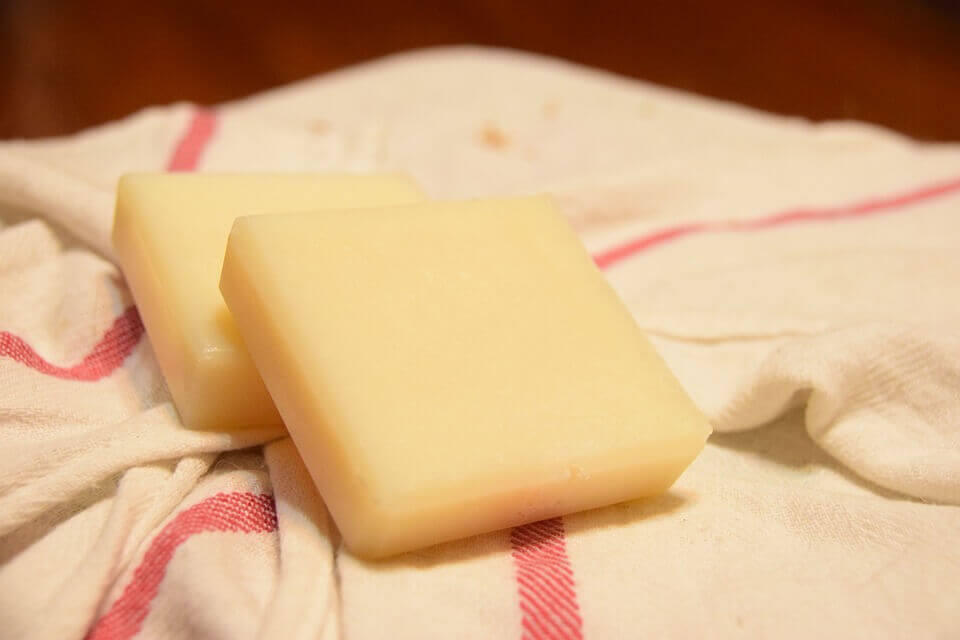Are you planning to relocate soon? If so, you’ve probably already realized how tricky the packing process might be, especially when it comes to storing things aside from clothes or kitchen items. How to pack liquids for moving can be difficult if you’re not sure how to handle fluid substances properly.


Luckily, we’ve put together some handy tips to help you organize and perform all the preliminary steps when it comes to packing different fluids. Whether you’re relocating locally DIY, long-distance with professional movers, or by airplane, we have the answers to all your questions, such as: How do I pack liquids in my checked luggage? Can I bring unlabeled liquids on a plane?, or Is toothpaste/stick deodorant considered a liquid?
What to do Before Packing Liquids for Moving
When transporting any kind of fluids, it’s a good recipe for potential disaster. So, it’s good to follow some important steps before you schedule the relocation day and avoid spilling incidents:
- Stop buying fluids in the days leading up to the relocation day itself
- Use up as many of the packages as possible
- Sort fluid substances and set aside those worth moving and others you should leave
- Some dangerous fluids should be disposed of properly, so get rid of them
- Of course, you can always donate unopened products to friends or other people who might need them


Pack Fluids in the Safest Possible Way
When packing fluids, the general rule of thumb is that you can’t be overcautious. Pay attention to how and where you store them. Here are some handy tips to consider if you want your move to be smooth and carefree:
- Use plastic bins instead of cardboard boxes
- Line plastic bins with garbage bags – it will be a second layer of protection in case of spilling
- Remove the top of each opened container, cover it with a plastic wrap, and place the lid back. You can place a piece of packing tape over it.
- Place each container into a ziplock bag and seal it
- Keep containers close together in the plastic bins and prevent shifting during transport. If there’s open space between them, fill it with crumpled paper or newspapers.
- Close the plastic bin and secure the lid with tape
- Don’t forget to label bins – write “Liquids” and “Fragile” with a marker
Look for the Right Packaging for Beauty Products
One of the most critical questions when it comes to packing your toiletries and beauty products is packaging-related. So, we’ve narrowed down several options you can opt for:
- Travel-size containers are perfect for beauty items
- Contact lens containers – for eye cream
- Squeezable silicone travel tubes – use them for sunscreen or body lotion
- Test tubes from the lab – excellent for micellar water, skin toners, and similar
- Airless vacuum pump containers – for serums and watery moisturizers
- Unicorn pens are best for watery toners
- Soft tubes are irreplaceable for moisturizers or hair gels
- Round pots are the right choice for creams and foundations


Your Type of Travel Determines Which Toiletries and Tubes of Liquids You’ll Use
You can bring fluids in your car if you’re planning to travel to another part of the town or the neighboring city. They should be packed appropriately, sealed with plastic wrap, and stored with a piece of cloth in case of leaking.
When relocating by plane, there are some strict rules you have to follow. You should be familiar with the total amount each traveler can bring, the types of packages you can bring, and some non-liquid alternatives that are allowed.
But, if you’re moving long-distance and need professional moving services, keep in mind that movers won’t move most of these items, such as explosives, poisons, flammable gases, corrosive materials, and toxic substances. The best solution is to contact your movers before relocation and ask them to send you their list of prohibited items.
When Flying, Consider This Point: Which Liquids to Pack and Which Ones to Leave According to TSA Rules
The Transportation Security Administration (TSA) has strict and specific flight rules for carry-on luggage. So, before you buy the ticket and book your flight, you should understand the TSA 3-1-1 rule:
- You’re allowed to bring a 3.4 ounces (100ml) container per item
- One quart-sized ziplock bag is permitted
- One bag per passenger is acceptable
If you’re not sure what TSA considers as fluid substances, you need to know that this list includes even aerosols, pastes, gels, and creams, while powder-like materials are allowed only if stored in 12-ounce containers.
Organization Is Crucial: Replace Liquids With Solids
Are you one of those people who like to have enough supplies when they pack their luggage? Maybe you don’t want to be stressed by thinking whether you have sufficient stocks during a long-distance trip? If so, you should consider toiletries in solid form. They are long-lasting, as effective as liquid products, and abide by the 3-1-1 rules. Also, you can replace them with powders and wipes and minimize your luggage space and weight.


What About Other Liquid Items
You might be wondering about other substances that can be spilled, and what the restrictions regarding food or makeup are. According to TSA carry-on rules, baby food and formula are allowed if they are no bigger than three ounces. Also, they don’t have to be in ziplock bags.
You can bring food on the plane, except these: oil, yogurt, jelly candy, peanut butter, ketchup. Alcoholic beverages with more than 24% but less than 70% alcohol are allowed and limited in checked bags to 5 liters (1.3 gallons) per passenger.
When it comes to makeup restrictions, you shouldn’t be worried because most of these products (nail polish, toothpaste, moisturizers, mascara, etc.) come travel-sized.
Don’t Cancel Your Flight Because of Liquid Medications
Transportation Security Administration allows you to pack larger amounts of medically necessary gels, liquids, and aerosols in reasonable quantities. However, you must declare them to officers at the checkpoint for inspection. Also, labeling these items will facilitate the screening process. For more detail, you can visit the Transportation Security Administration website or send them an email and ask for the necessary information.






